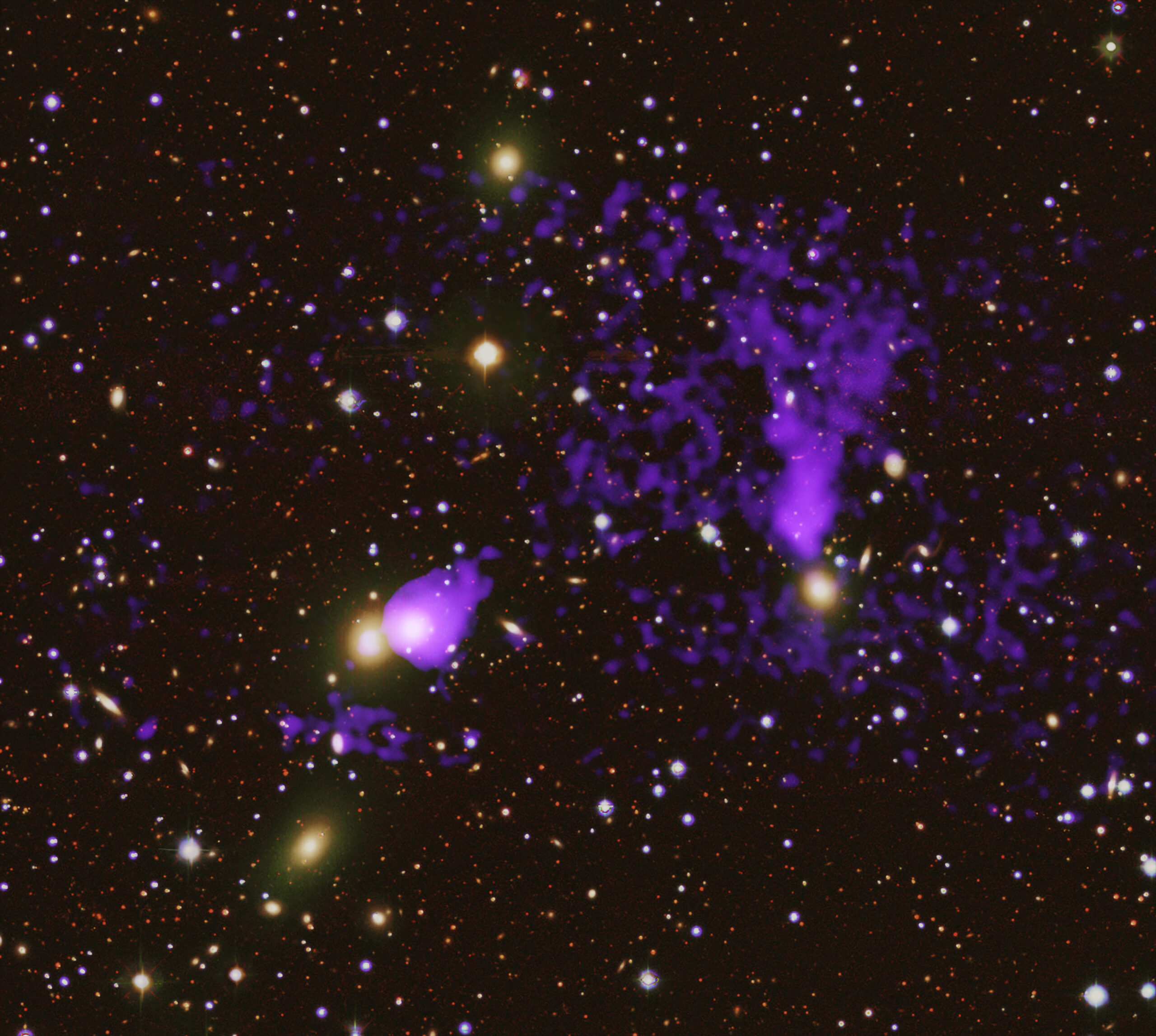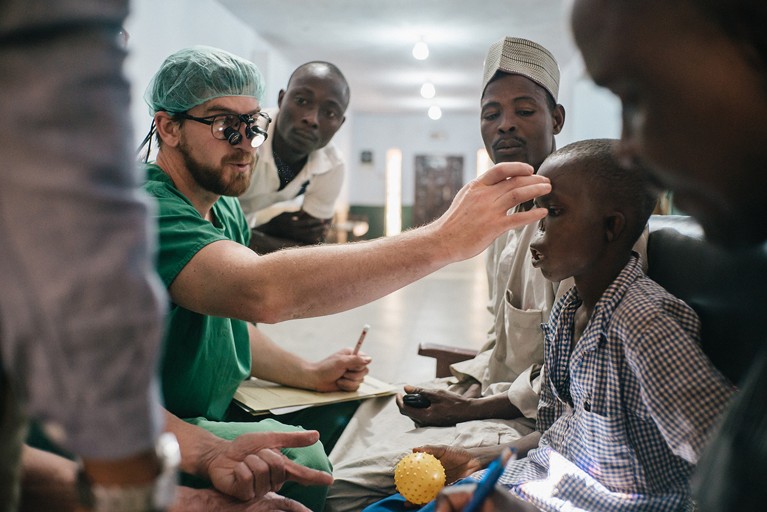New research indicates some of the architecture’s oldest and most reliable designs can be built even better thanks to insect inspiration. According to an international team , some of the strongest and most reliable domed ceilings can be built by more closely imitating the semi-irregular geometric patterns seen in dragonfly wings.
Domes and vaults have been architectural staples as far back as ancient Rome, and for good reason: they’re some of the most economical and efficient ways to reinforce buildings while also freeing up a large amount of floor space. For centuries, however, the layouts of stiffening ribs used in reinforcement have largely remained the same. Usually, they fall into one of two categories—barrel vaults with coffered ceilings (a long arch featuring interior square mesh rib reinforcements) or cross vaults (ribs intersecting at right angles). Recently, however, researchers from Spain’s University of Grenada and the Skolkovo Institute of Science and Technology (Skoltech) in Russia began looking for alternatives that might be even better. Their results are detailed in a study published in the journal Thin-Walled Structures.
Building on their previous work from 2023, the team first constructed five vault rib designs: traditional coffered and cross ceilings, their mathematically improved iterations, and a biomimetic one based on the geometric cells most recognizable in dragonfly wings and turtle shells. In mathematics, the optimized version of this is what’s known as a Voronoi diagram.
They then tested each option using physical experimentation and numerical simulations. When it came to withstanding a central load, the topologically optimized designs came in first place. When faced with asymmetric stress, however, the cross vault rose to the top, followed by the optimized options. Most strikingly, though, was the fact that both the coffered and Voronoi iterations best handled the switch between centralized and asymmetric loads.
“This prompted us to combine the Voronoi pattern with the best optimized layout from the vertical load experiment in the hope of getting the best of both worlds,” Anastasiia Moskaleva, the study lead author and a PhD candidate in Skoltech’s Mathematics and Mechanics program, said in an accompanying announcement on October 10. Moskaleva and her colleagues then analyzed dragonfly wing structures and discovered that their stiffening ribs can be classified into two groups.
[Related: MoMA highlights innovative urban architecture.]
“There’s the more rigid type that counteracts twisting, and then there are thinner ribs which ensure the overall structural integrity of the wing. And we thought we could reproduce that in vaults,” she said.
From there, researchers built a sixth pattern that hybridized the topological optimization with more restriction on material expenditure. In this design, 70-percent of material was dedicated to the primary ribs, while the team used the remaining material to fill in thinner secondary ribs that corresponded to the Voronoi pattern. In this case, the hybrid, dragonfly-esque vault outperformed all previous examples in every metric.
While this optimized form shows up in mechanical engineering projects like automobile and aircraft components, “it is rarely ever used in civil engineering,” said Moskaleva. This, she argued, is a missed opportunity for many structural designs.
Moskaleva conceded that these hybrid creations can be “quite intricate and therefore challenging in manufacture,” but the long term benefits outweigh initial complexities. She offered parking garages as an example of a common real-world structure that could use the dragonfly-inspired reinforcements.
Once standardized, such components “can be reproduced on demand [which] will pay off in the long run due to the material conserved,” said Moskaleva. Not only that, but adopting these unconventional alternatives can allow “greater creative freedom” for architects and designers.




